T-Site Daikanyama
The Worlds Most Impressive Cultural Hub For Magazines Books & Music In Tokyo
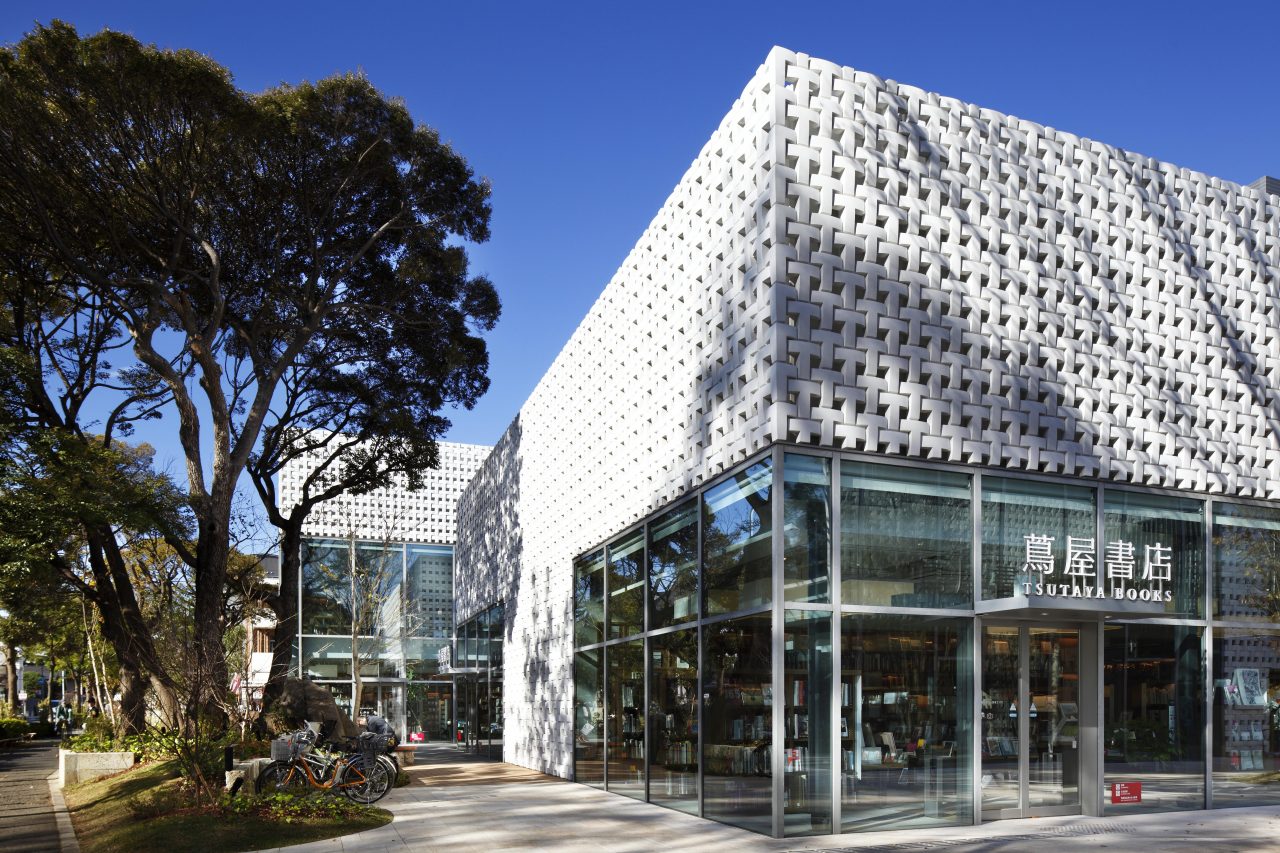
Ask any friend in Tokyo to nominate their favourite bookstore and you’ll hear a commonly repeated recommendation: Daikanyama T-Site. A new retail complex erected in late 2011 in the quiet yet fashionable central Tokyo locale of Daikanyama. Nestled between the bustling Shibuya and comparative calm of Nakameguro, the store has helped redefine its location for locals and visitors alike, and become a beacon for the printed form in the process.
It might be surprising to see a prominent bookstore flourishing in the context of increased online sales and troublesome times for traditional retail. But T-Site hasn’t merely embraced the notion of the physical retail experience, but is helping redefine it, bravely embracing analogue culture from the ground up – published materials that you can browse, sample and spend a whole day amongst.
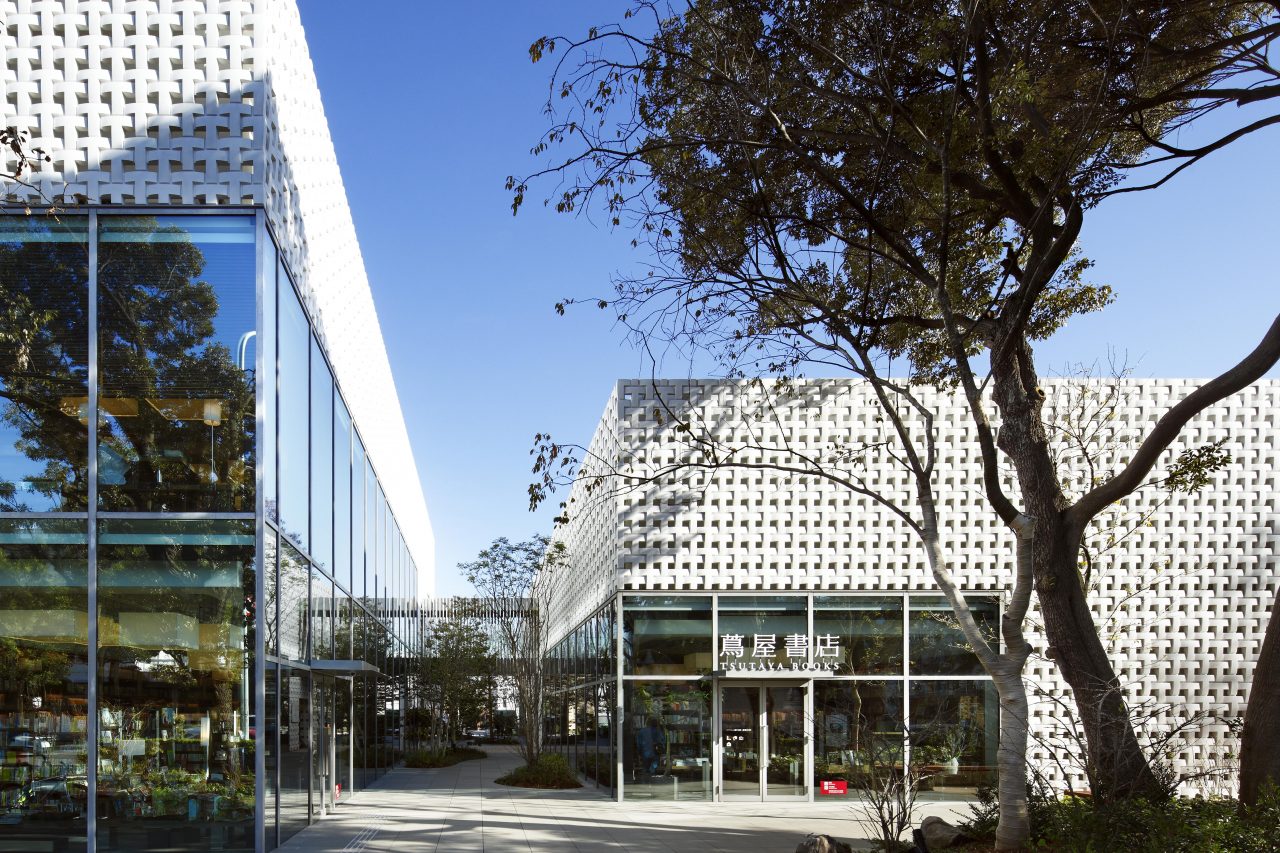
Somewhat surprisingly, T-Site is in fact part of a much larger, traditional retail chain, Tsutaya, known for its iconic yellow and blue identity. But T-Site operates on a different level, creating a space that acts more like a cultural facility and understands the profit in customer satisfaction as opposed to the short-term balance sheet.
With striking interior design and visual communication systems, the space is welcoming and easy to navigate both visually and physically. It comes as little surprise that the space and concept was the progeny of three cultural leaders. With overall creative direction by famed architect, designer and ‘space producer’ Tomoko Ikegai and the store’s communication design directed by Kenya Hara of MUJI fame, the architecture was led by Tokyo-based Klein Dytham architects.
T-Site comprises three main buildings, designed to forge the shape of three large T’s. Looking closer at the facade, a layer of small white T’s cover the building. All three buildings are connected by a 55-metre ‘Magazine Street’ that acts as a navigation device, winding past a cafe, bar, Starbucks and convenience store in amongst the extensive selection of rare, foreign and local books, CDs, magazines and stationary.
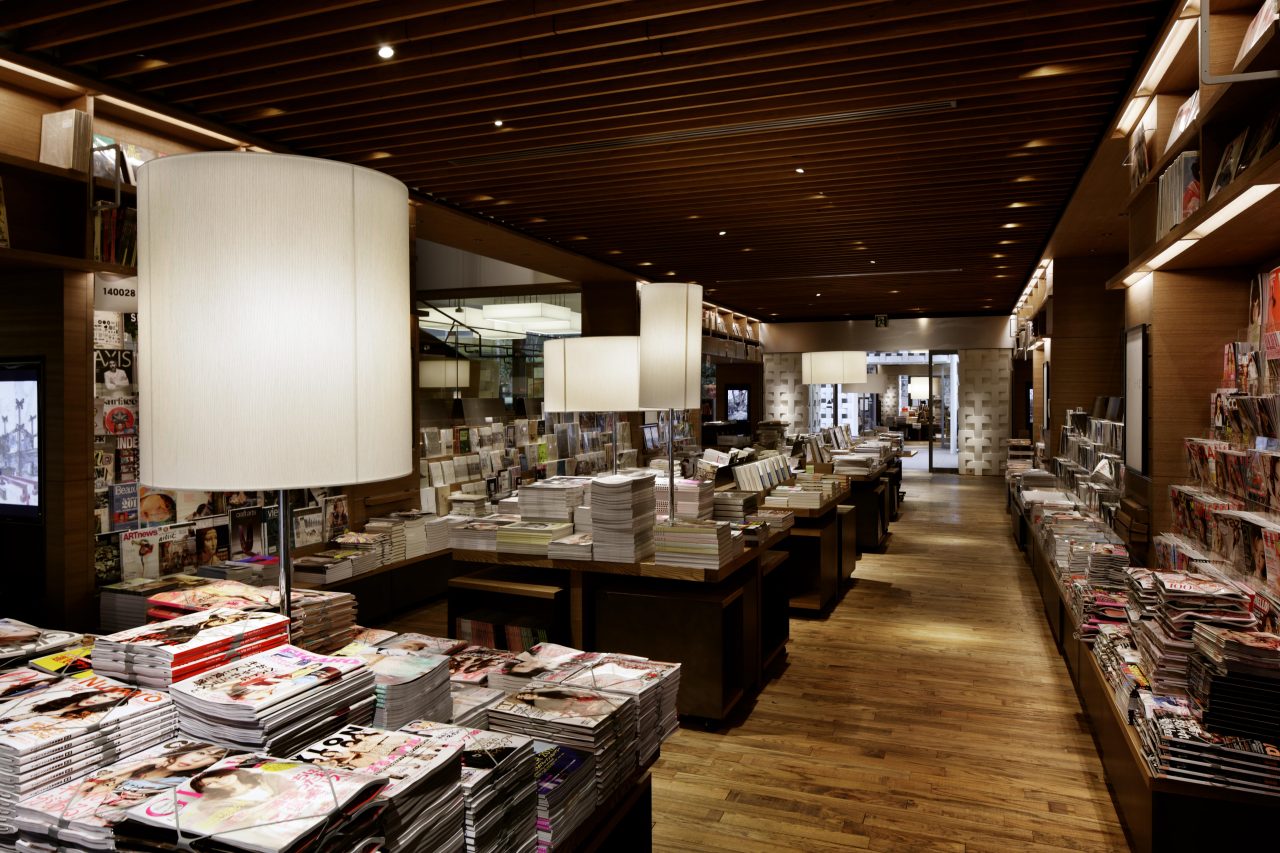
The main aim of the building was to create a repository for culture and education in the neighbourhood and, in a greater sense, the wider society – a genuine ambition for the Tsutaya brand since beginning the business 30 years ago. The challenge was to make an impact without disturbing the environment. Mariko Hanai, head of public relations at CCC (Culture Convenience Club) – the overarching franchiser of the Tsutaya chain – explains that even the first store built in 1983 in Hirakata, Osaka, presented “lifestyle navigation”.
The ideology for the T-Site space is entwined in a uniquely Japanese engagement with ideas of nature and wellbeing. Although operating under the wing of the Tsutaya group, the Daikanyama store is aimed at a more mature audience and is tied to the theme of ‘a library in the woods’.
Most surprisingly, various cultural and creative communities have found a home at T-Site. Freelance workers often hold meetings in the impressive space, while there are regular evening events and talks. A whole car culture that has evolved too, adds Dytham. “Since the car book section at T-Site is knowledgeably curated by one of our concierges, on a Sunday morning the outside car park is [now] filled with really cool cars… parking, checking out the other rides and then hanging out in the bookstore. It has become a hub for a unique car culture community.”
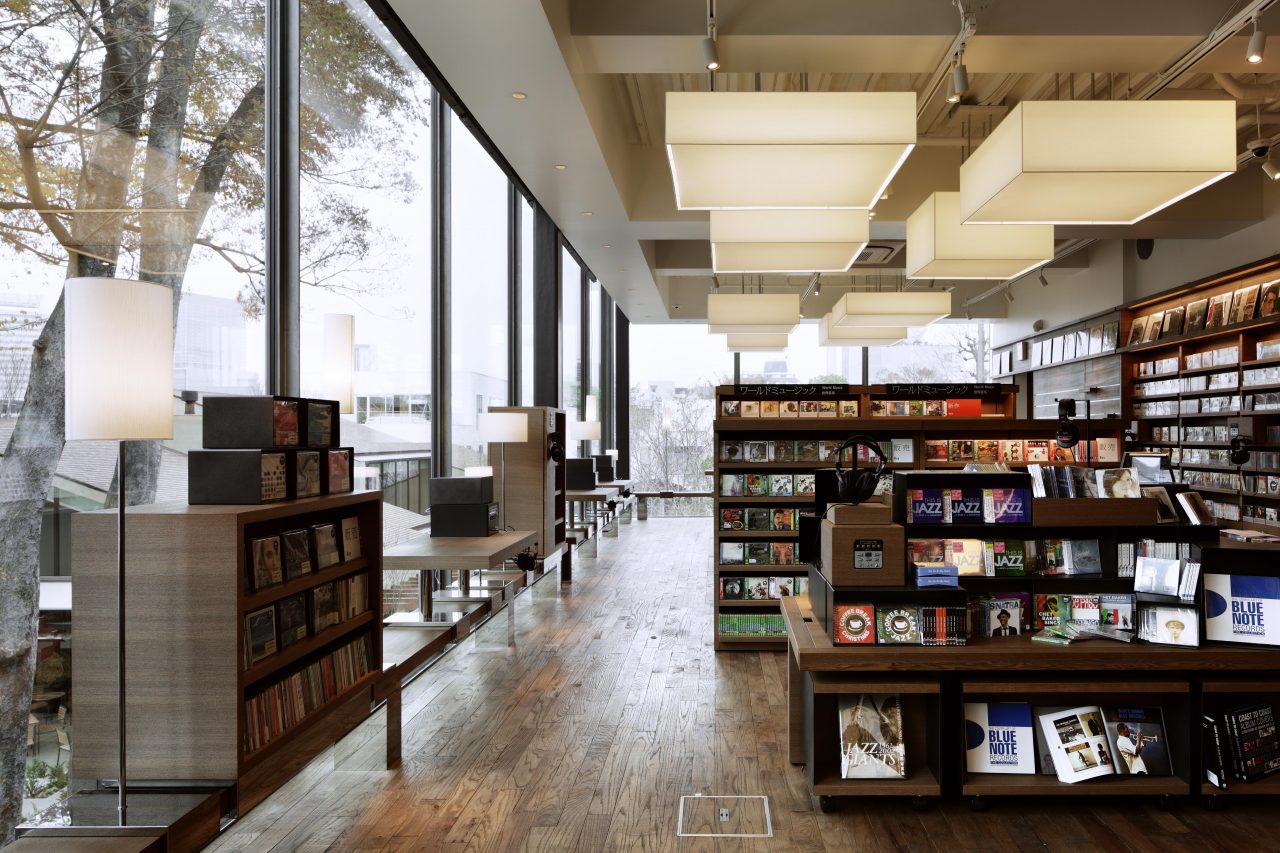
Anjin, T-Site’s dimly lit café, bar and restaurant space above the middle magazine section, is perhaps the most succinct articulation of the T-Site experience. With its leather lounges and impressive archive of cult print titles such as Esquire, Self Service and Brutus – which are all available to peruse freely in the lounge – the space invokes a rare sense of openness, allowing it to be come a genuine part of the city and to forge a unique connection with its customers.
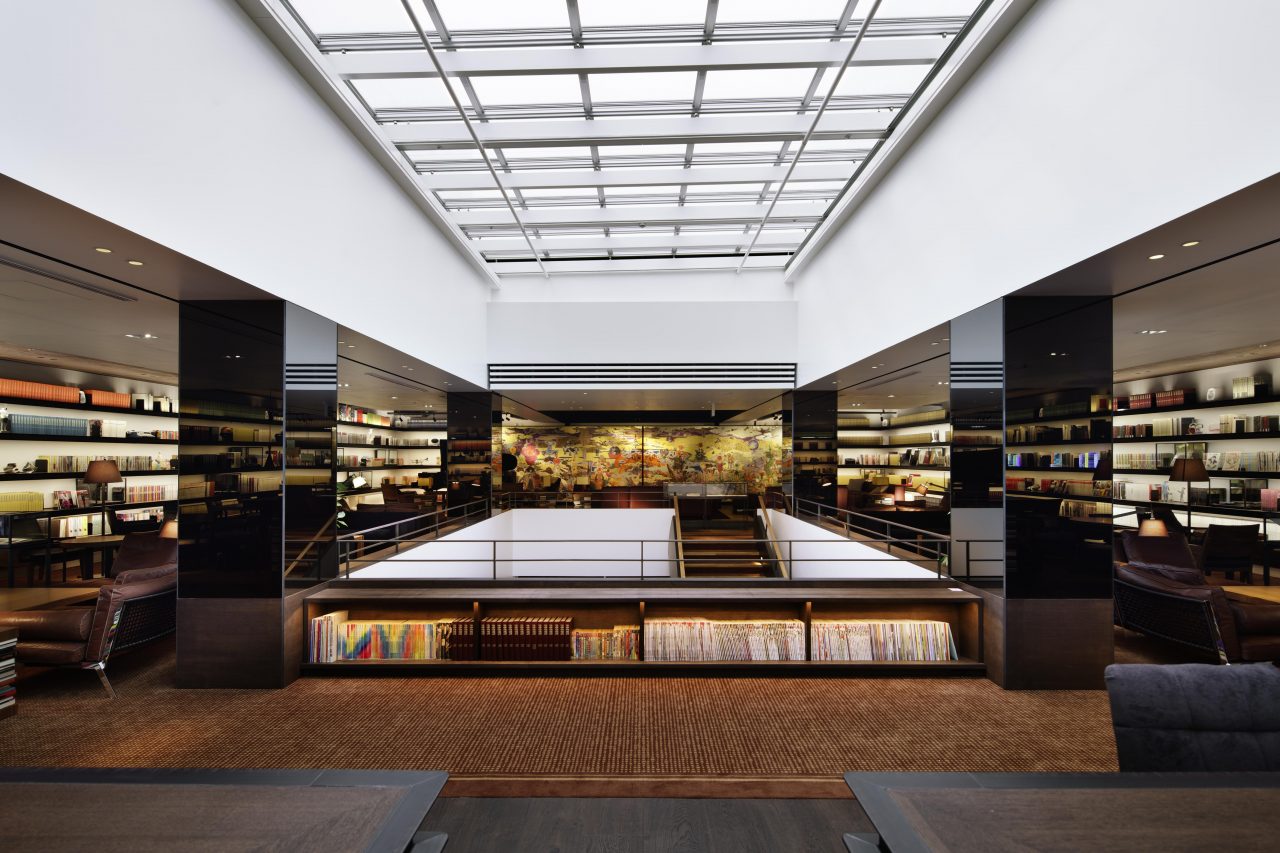
T-Site has become a facility for everyone to use. “From seven in the morning for coffee or breakfast until 2am, you can drop back at night for a beer or cocktail, or just to pick up a magazine, and the convenience store is open 24 hours,” says Dytham. “So it does open up the area and suburb without being too commercial.”
The space is approachable, permeable and contemporary, he adds. “When we arrived in Japan 25 years ago, it was quite a flourishing part of town. Hillside Terrace had just opened, which was designed by Pritzker Prize-winning architect Fumihiko Maki, and it was a vibrant neighbourhood.” However things had started to calm down over the last 20 years, until T-Site filled a vacant lot and again helped rejuvenated the area again. “From that point of view, it’s had a positive influence.”
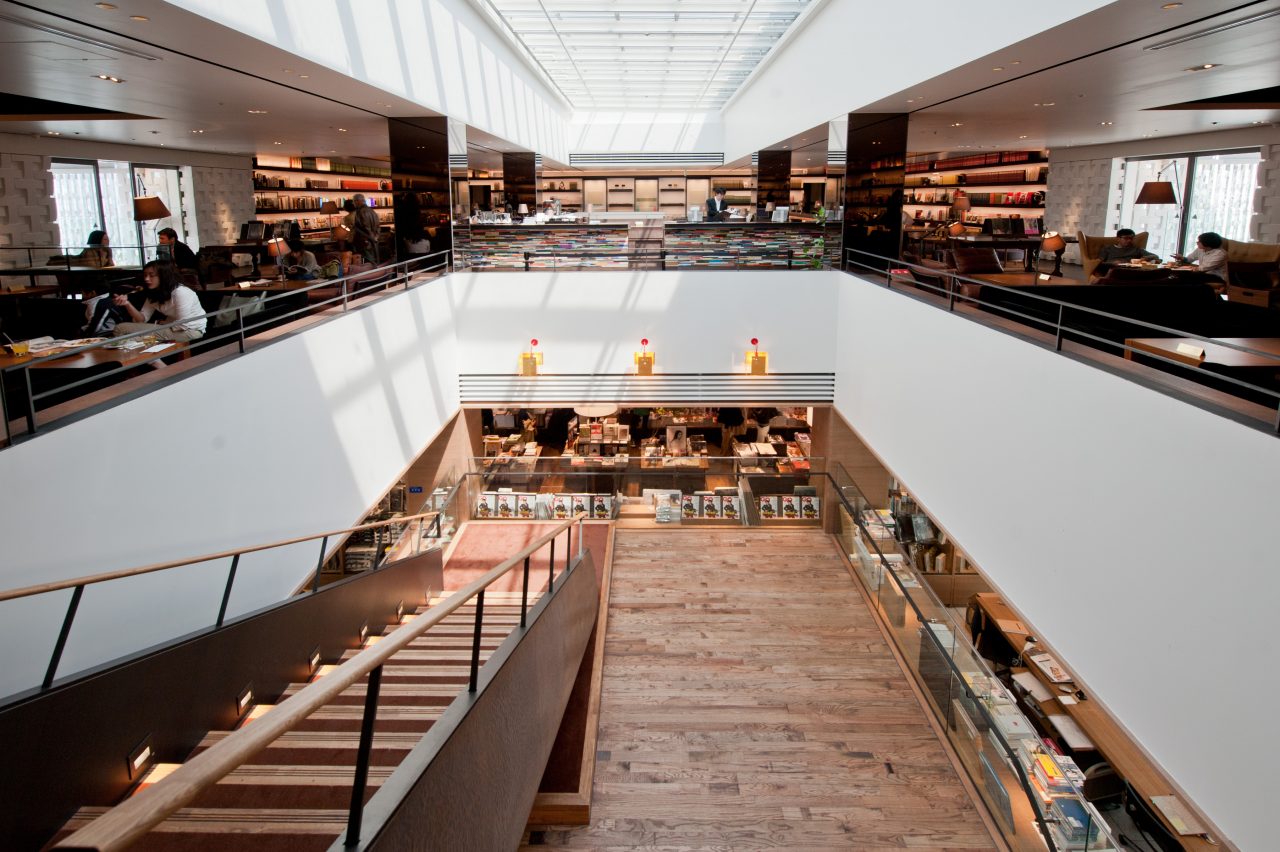
Daikanyama T-Site
16-15 Sarugakucho
Shibuya-ku, Tokyo, Japan


































